1. No Kissing Over Three Seconds
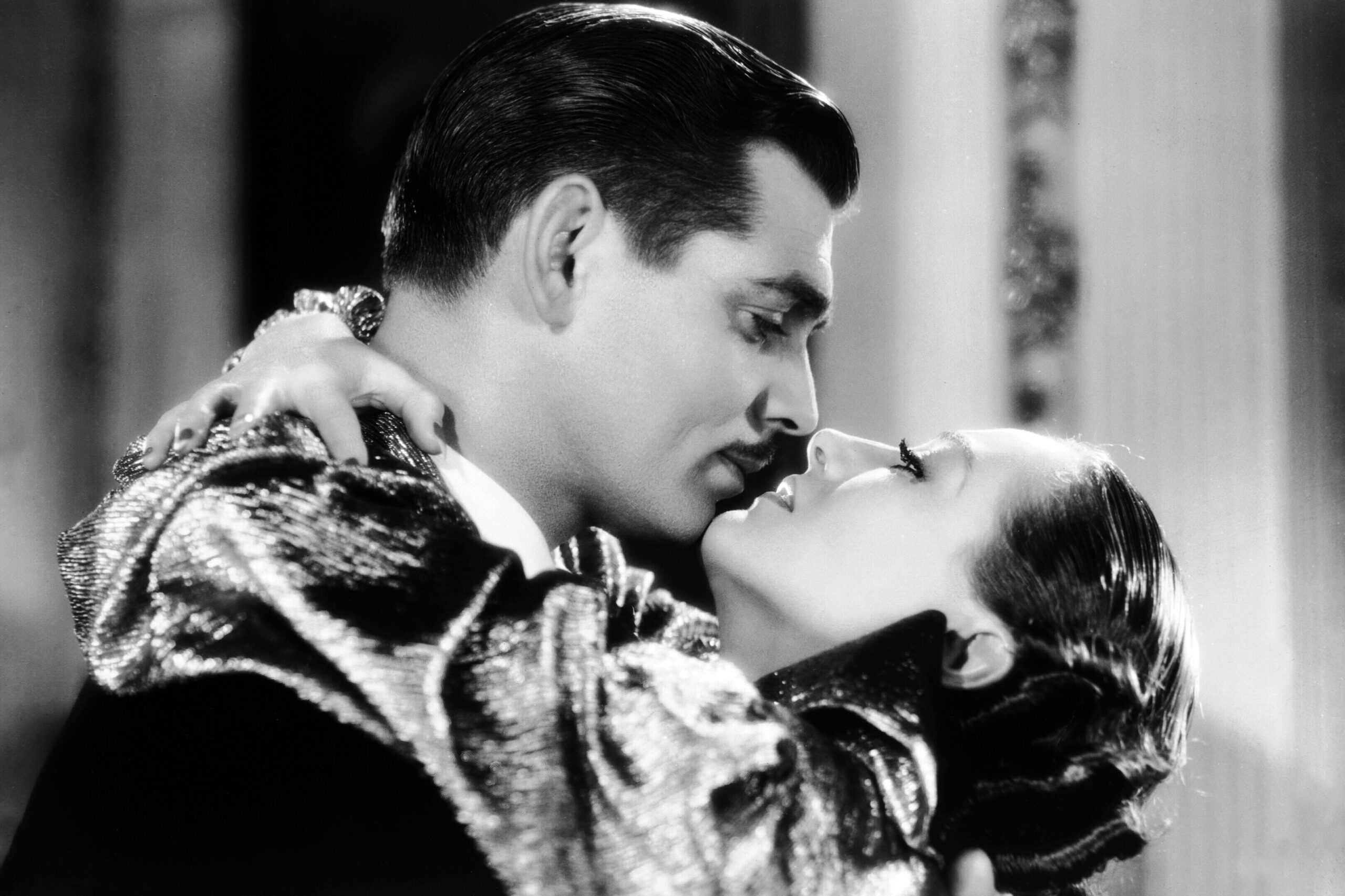
Back in the ’30s, the Motion Picture Production Code, or the Hays Code, established a rule that prohibited movie characters from kissing for more than three seconds. This may seem quaint today, but in an era when morality was heavily scrutinized, even a passionate peck was seen as a potential threat to public decency. The reasoning was that long kisses could imply sexual arousal or encourage improper behavior, especially in the eyes of young audiences. Interestingly, the rule was enforced even if the kiss was completely innocent and didn’t have any suggestive undertones shares Backstage.
For filmmakers, this meant that directors often had to be creative when it came to showing affection. If a kiss went on too long, a director might have to make quick cuts or awkward camera angles to keep the length within the three-second mark. It was a bizarre rule that shaped how romance was depicted on screen for decades, reinforcing the idea that love could only be appropriately expressed in a strictly controlled, limited manner.
2. No “Suggestive” Dance Moves
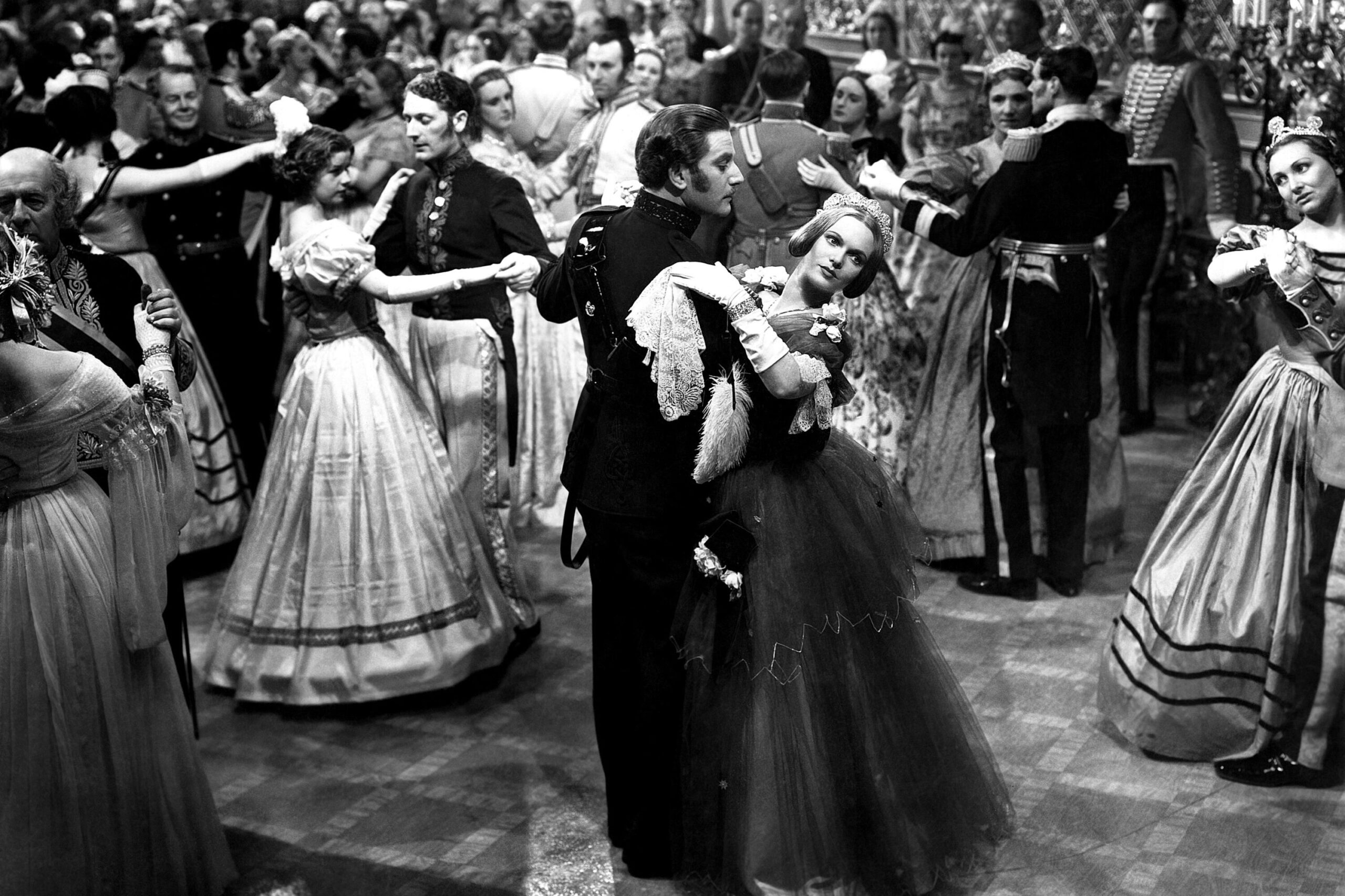
Hollywood’s strict rules didn’t stop at romance; they extended into the world of dance as well. In the early 1900s, any suggestive or sexual dance moves were strictly forbidden under the Hays Code. This rule came about after concerns that dances like the “Charleston” and the “Lindy Hop” might lead to immoral behavior or sexual suggestiveness, making them a target for censorship. The idea was that movements deemed too provocative could send the wrong message to young viewers, especially during the pre-teen and teen years when people were most impressionable adds Substack.
As a result, many choreographers had to dance around these restrictions. To avoid punishment, dancers would often modify their routines by toning down their hip movements or using strategic costume designs to downplay suggestive gestures. This stifled the creativity of dancers and limited the freedom of expression for a generation of performers, all in the name of keeping audiences morally “pure.”
3. No Profanity, Even Subtle Versions
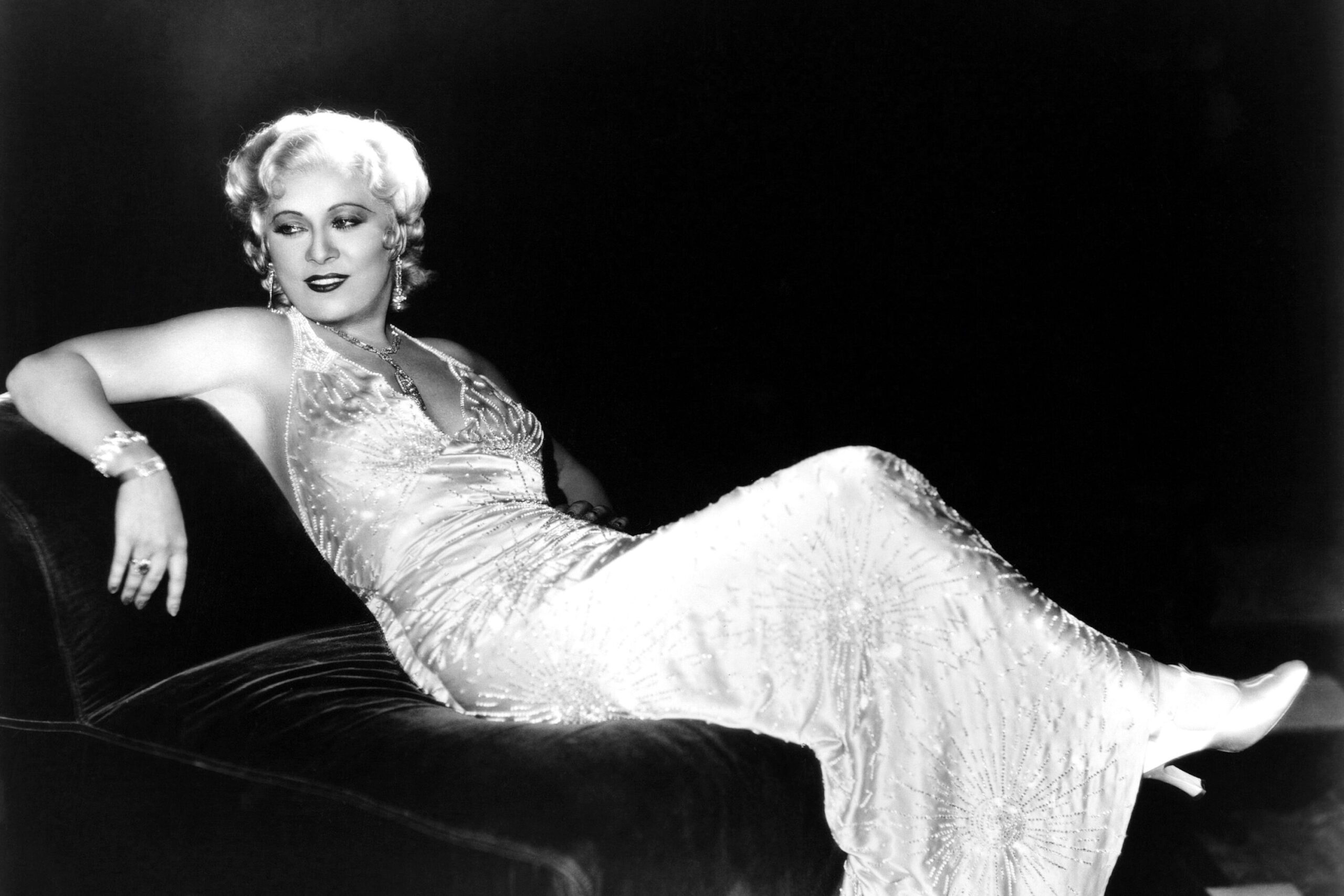
Hollywood movies have always walked a fine line when it comes to language. During the Hays Code era, even the slightest hint of profanity could land a movie in trouble. Words like “damn” and “hell” were considered too harsh for mainstream audiences, and filmmakers were often forced to be creative in their dialogue choices. There were even restrictions on the use of milder language, with the code demanding that words like “pregnant” not be uttered on screen, as they were thought to be inappropriate for family viewing says ReMIND Magazine.
This censorship led to some funny moments in Hollywood, as writers had to find ways to avoid words deemed too risqué. Characters in movies often said things like “Golly” or “Gee whiz” in place of more intense exclamations. While some directors pushed back against these restrictions, many had to comply, resulting in films that sometimes felt stilted or artificial in their attempt to avoid cursing.
4. No Depictions of “Immoral” Careers
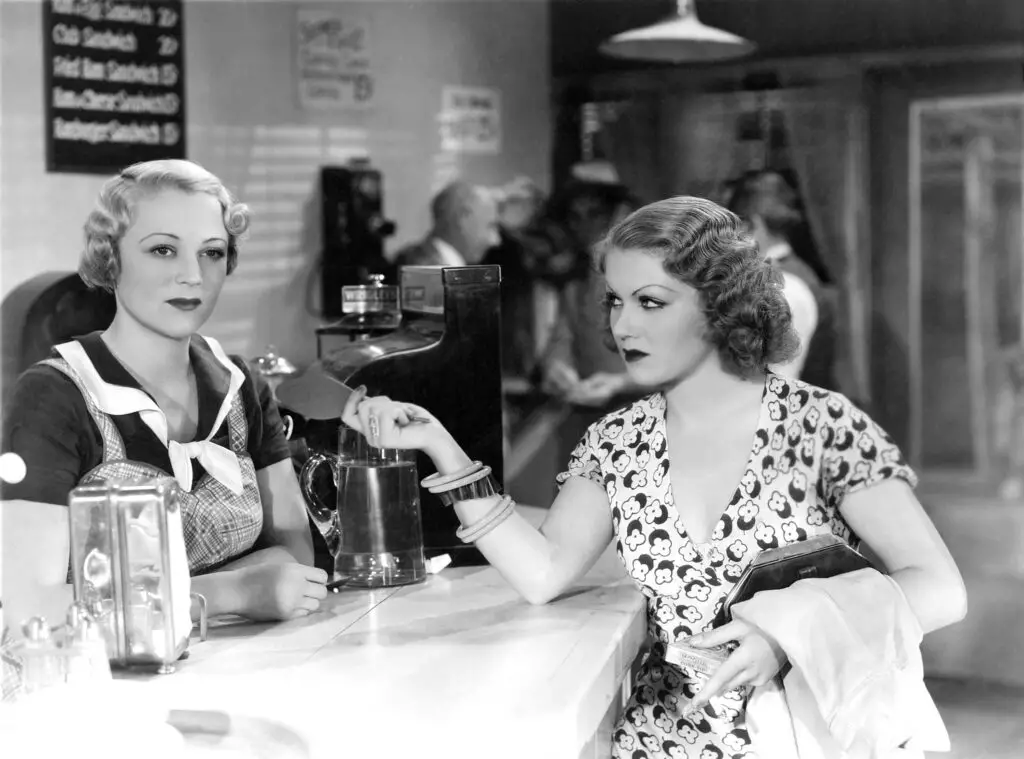
Another odd rule enforced by Hollywood censorship was the prohibition of characters in movies having certain occupations. The Hays Code banned any portrayal of characters who worked as prostitutes or were involved in illegal activities. The code also sought to minimize depictions of criminal behavior in a positive light, fearing it could glorify a life of crime or encourage audiences to view such professions as acceptable adds CBR.
This meant that stories about these characters, or even those who dabbled in morally grey areas, were heavily censored. Any hint of prostitution, drug dealing, or organized crime had to be handled with great care or omitted altogether. Characters in movies often had to be given alternative, more respectable occupations if they were to fit the “moral” image Hollywood wanted to promote.
5. No Showing of “Illicit” Drugs
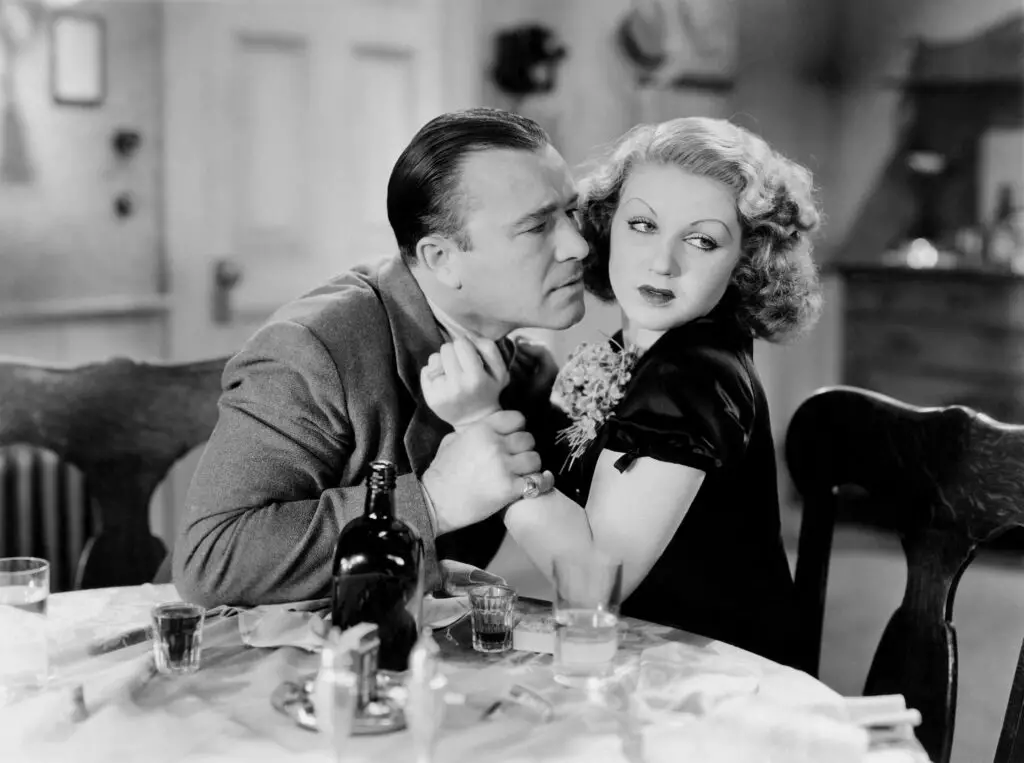
The use of illegal drugs, particularly narcotics like heroin and cocaine, was banned from films under the Hays Code. Movies that depicted drug use in any form could be heavily censored or completely banned. The thought process behind this rule was that showing drug use on screen could make it seem glamorous or acceptable, especially to younger audiences who were still impressionable. Even the subtle mention of drugs was prohibited if it could be seen as promoting their use.
However, this led to some awkward moments for filmmakers. Characters who were obviously supposed to be drug users would often have their actions masked or downplayed, sometimes even resulting in confusing scenes where characters took unidentifiable pills with little to no explanation. For the most part, the censorship meant that drug use was kept out of view, and filmmakers had to come up with clever ways to allude to characters’ vices without directly showing them.
6. No Showing of “The Afterlife”
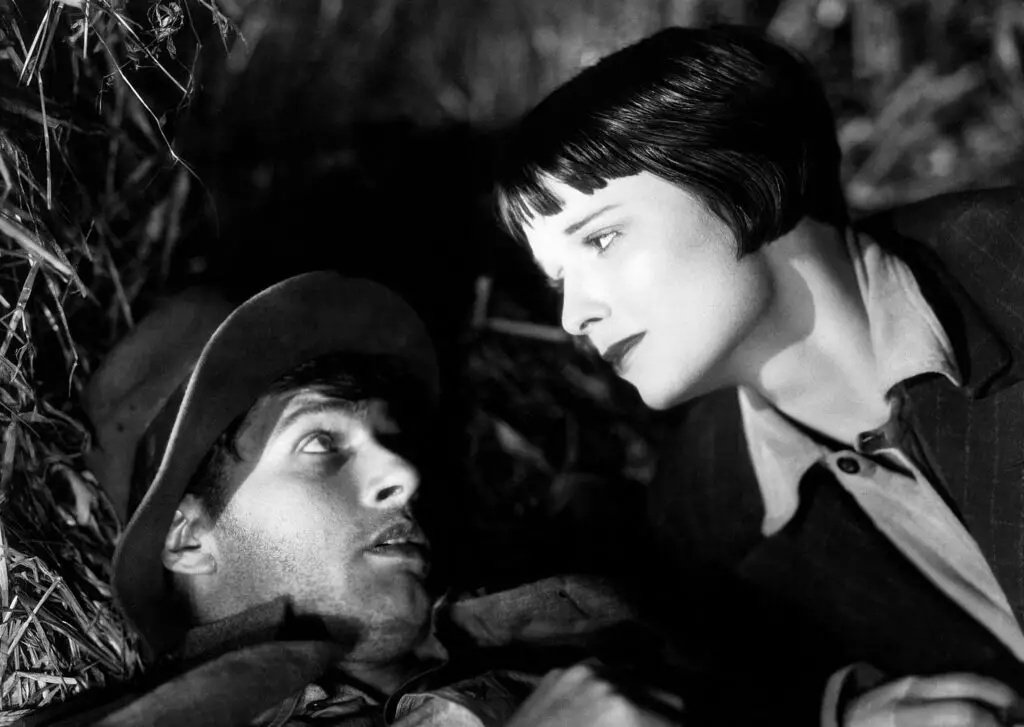
Believe it or not, depictions of the afterlife were a source of tension for Hollywood for many years. The Hays Code prohibited scenes that portrayed heaven, hell, or any form of life after death. The reasoning behind this rule was that these concepts were tied to religious beliefs, and filmmakers feared offending religious groups by presenting spiritual ideas that didn’t align with the mainstream Christian view. Movies that dealt with themes of life after death often had to be vague or avoid any direct visual depictions of the afterlife.
This censorship led to some rather interesting results. Filmmakers would often show vague glimpses of the afterlife, like a soft light or a celestial figure, without explicitly stating what they were. The use of metaphors became common, with films subtly hinting at a greater spiritual world without ever fully crossing the line into “immoral” territory. The afterlife was treated with caution, often left to the imagination of the audience instead of being presented as a definitive concept.
7. No Mention of Divorce

The topic of divorce was once considered too scandalous for the big screen. During the Hays Code era, movies that featured characters who were divorced or in the process of getting divorced were often heavily censored or banned. The idea was that portraying divorce in a lighthearted or even neutral way might send the wrong message about marriage and family values. The notion was that it could encourage viewers to consider divorce as an acceptable, even preferable, option in their own lives.
This censorship led to a lot of movies avoiding the subject altogether or having characters remain in unhappy marriages, as discussing divorce wasn’t deemed suitable for general audiences. Even in films where divorce was central to the plot, it had to be presented as a tragic or regrettable event, often with a moral lesson attached. This rule lingered for years, and even after the Hays Code was no longer in effect, divorce remained a sensitive issue in many Hollywood films for some time.
8. No “Revenge” Stories
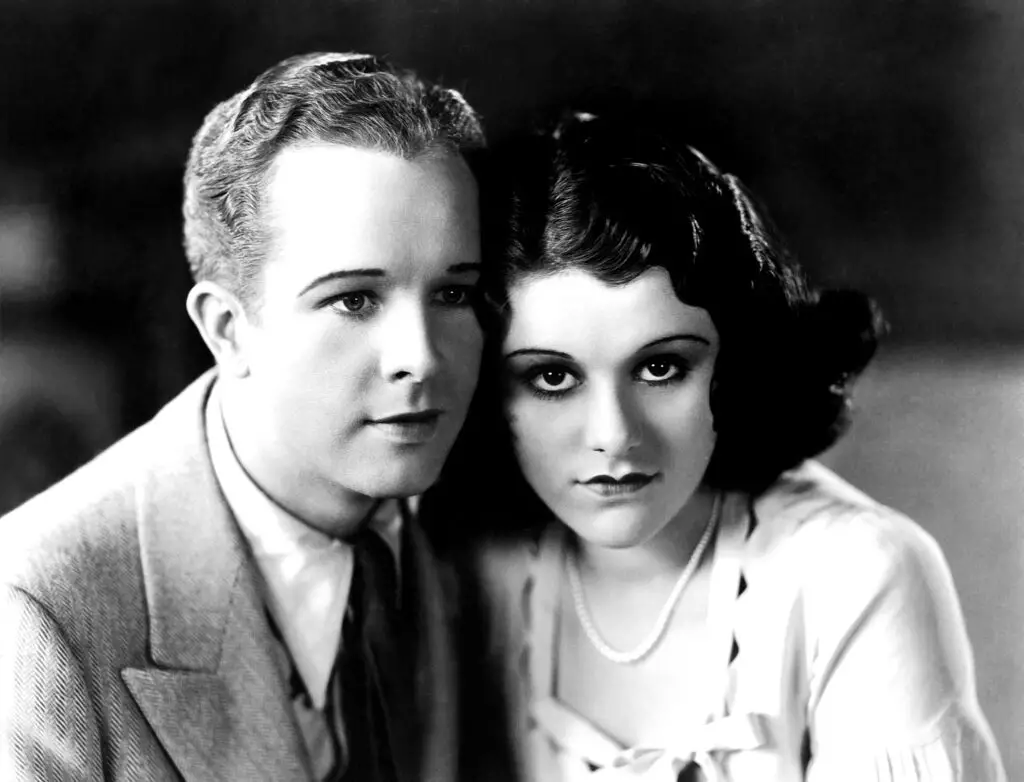
Hollywood censorship also took issue with movies that centered around revenge. The Hays Code banned movies that portrayed revenge as an acceptable or admirable course of action. The fear was that movies where characters sought vengeance might encourage viewers to resort to violence in their own lives. The idea was that justice should only be pursued through legal means, and personal vendettas were dangerous notions to put forward on screen.
This meant that any film where a character embarked on a revenge plot had to be very careful in how it was portrayed. Often, these films would soften the revenge aspect, turning the protagonist into a figure who sought redemption or reconciliation instead of retribution. The code even imposed limits on how violent the revenge could be, making it less about vengeance and more about moral redemption in the eyes of society.
9. No Showing of Unmarried Couples in Bed
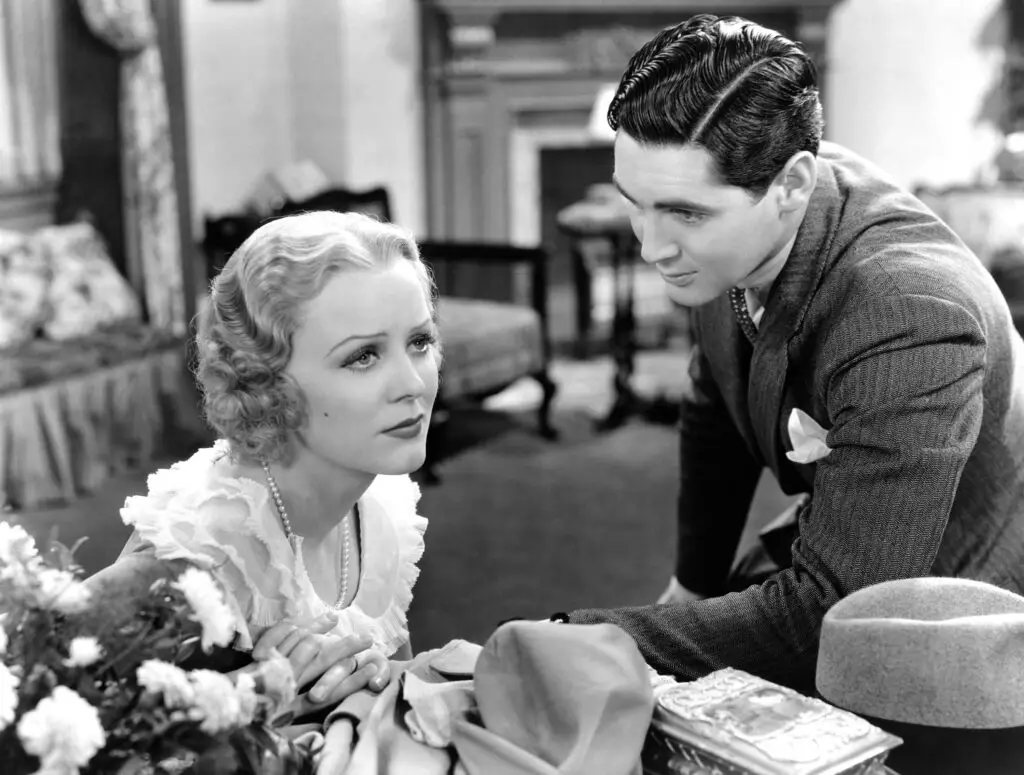
Under the Hays Code, even the idea of unmarried couples sharing a bed was off-limits. Any film that depicted a man and woman sleeping together, even in a non-sexual context, could face heavy censorship. The reasoning behind this rule was that it could imply an illicit sexual relationship, which was considered morally unacceptable at the time. Even in the 1950s and ’60s, when societal norms were beginning to shift, filmmakers still had to tread carefully around this issue.
The famous example of this rule can be seen in the 1940s film The Thin Man, where the married couple, Nick and Nora Charles, were forced to sleep in separate beds. This bizarre restriction was meant to keep films “family-friendly,” even if the characters were clearly married and had no intention of doing anything inappropriate. The portrayal of any physical closeness between couples was highly scrutinized, making even the most innocent scenes seem strangely restrictive.
10. No “Immoral” Religious Characters
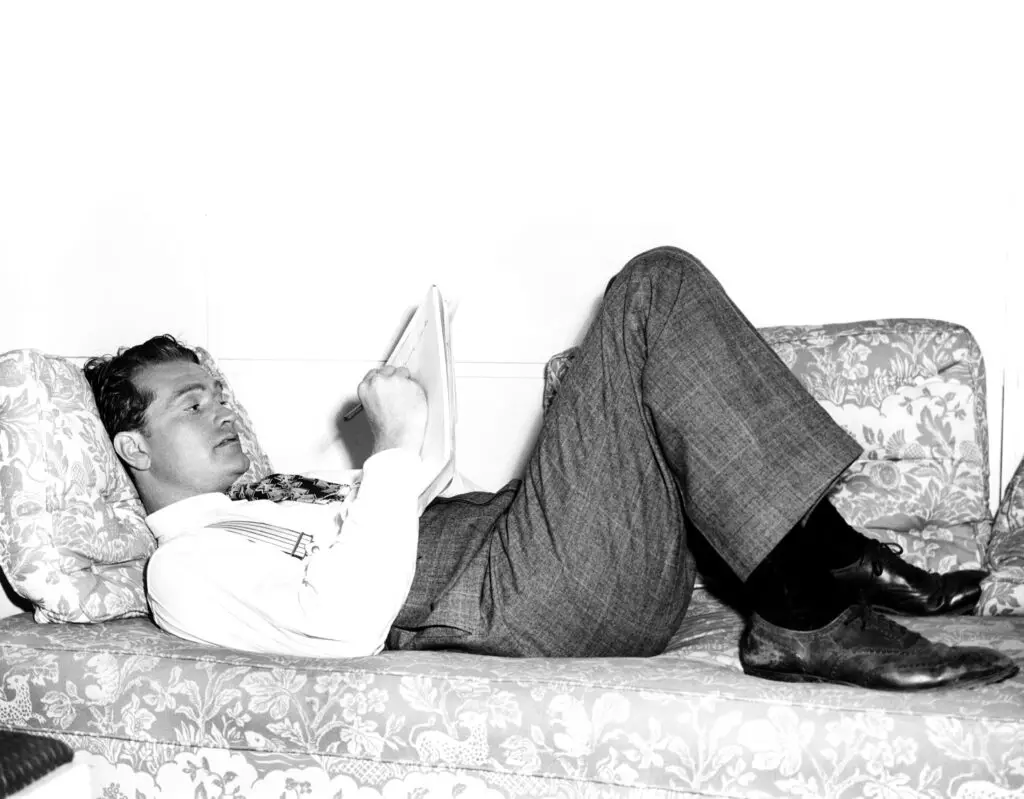
While it might seem strange today, the Hays Code also enforced strict rules on how religious characters could be portrayed on screen. Priests, ministers, and other religious figures could not be shown as immoral or corrupt. The idea was that religious leaders had to be pure and above reproach, as they were seen as symbols of virtue and moral guidance. Any portrayal that suggested a religious figure was dishonest, corrupt, or involved in sinful activities was strictly prohibited.
This rule led to a lot of sanitized portrayals of religious characters in films. Priests were often shown as saintly and morally impeccable, even when that wasn’t always the reality of their role in society. The notion that religious figures could be flawed or human in any way was off-limits, and these portrayals often felt unrealistic, as characters lacked the depth that might make them more relatable or authentic.
11. No “Unnatural” Love
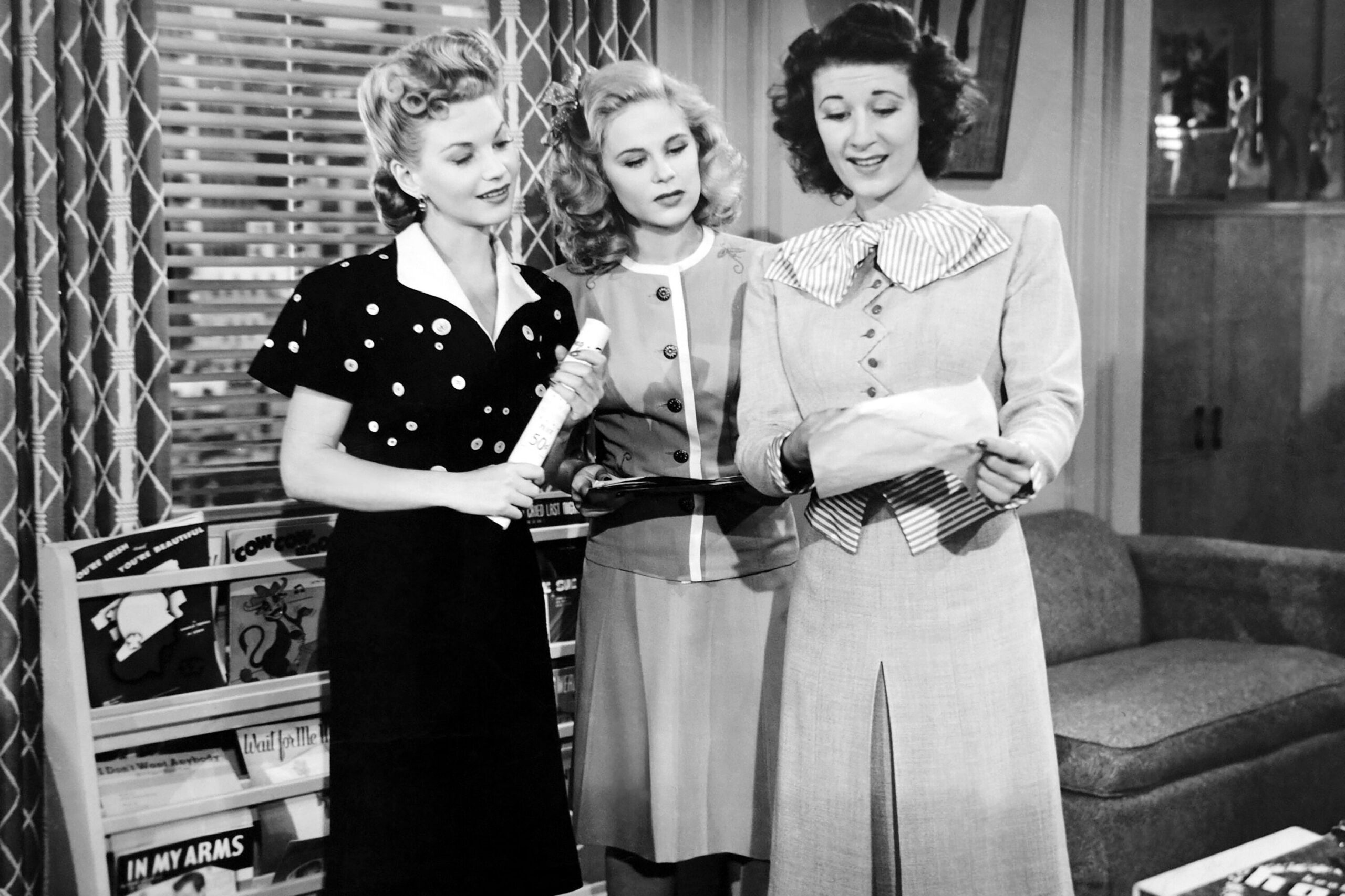
The Hays Code took a firm stance against any depictions of “unnatural” love, which in this case meant anything that wasn’t considered a heterosexual relationship. This was banned outright from films during this time, and any subtle references to same-gender attraction were carefully monitored or removed. The idea behind this was that showing non-heteronormative relationships could challenge societal norms and promote immoral behavior, which Hollywood was desperately trying to avoid.
This censorship persisted for decades, leading to films that either completely ignored LGBTQ+ characters or portrayed them in stereotypical, negative ways. Characters who were coded as queer were often hidden behind veils of subtext or depicted as tragic figures. It wasn’t until the ’60s and beyond that LGBTQ+ representation started to appear more authentically on screen, but these early restrictions left a lasting mark on how Hollywood treated these issues.
